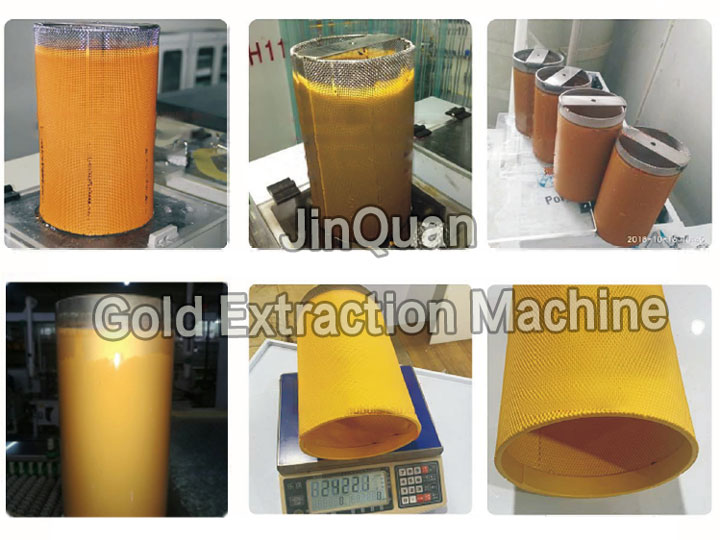The commonly used flotation processes for copper sulfide ores are as follows:
Priority Floatation (Enrichment Floatation):
Typically involves two stages: first, float out the copper, and then float out the sulfur. For compact, blende-like chalcopyrite ores where the amount of chalcopyrite is relatively high, this method generally employs a high-calcium alkali dosage (with calcium oxide content exceeding 600–800 g/m³) combined with a high dose of yellow alkali to suppress chalcopyrite and prevent its floatation.
Mixed-Subsequent Floatation:
Suitable for copper sulfide ores where sulfur is low and the copper minerals are readily floatable. The ore undergoes mixed flotation in mildly alkaline slurry, followed by separation flotation in highly alkaline slurry using lime to achieve a copper-lead-sulfur separation.
Modified Preferential Mixed-Subsequent Floatation:
Utilizes selective agents such as Z-200 or OSN-43 (or other similar collector reagents like ELC-105) for preferential floatation of copper ores, followed by subsequent mixed flotation to produce mixed copper-sulfide concentrates. These concentrates are then subjected to flotation with a copper depression reagent for further purification.
This method ensures high selectivity in copper recovery while minimizing sulfur and impurity contamination, making it highly efficient and widely applied in industrial operations.
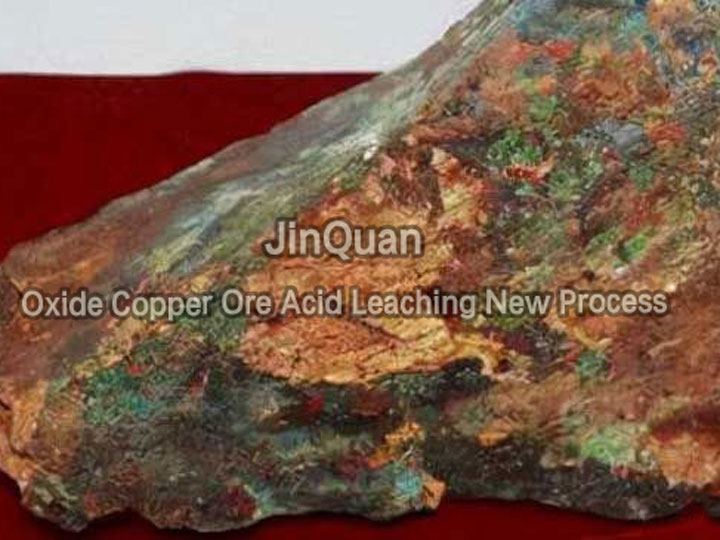 +8613303827570
+8613303827570
-
 gold recovery equipmentgold recovery equipment
gold recovery equipmentgold recovery equipmentDetails of gold recovery equipment
1. Function introduction: The electrolytic gold extraction machine is a technology for wet refining and purification of metals. It can selectively electrolyze valuable metals and is especially suitable for the selective electrolysis (electrolysis) of low-content solutions and solutions with complex components in the metallurgical industry. (accumulation) separation and purification, as well as the recovery of heavy metal ions in wastewater.
2. Technical advantages of gold ecovery equipment:
1)It has the ability to process low-concentration metal solutions, and has higher production efficiency than traditional electrolysis technology to enrich valuable metals in a wider range, from a few tenths of a gram/liter to a few hundred grams/liter of metal concentration for electrolytic production and metal The ability to separate. In particular, it has unparalleled technical advantages in copper-nickel separation and copper-silver separation;
2) It has stronger adaptability to pollutants in the solution and can extract high-purity metals from solutions containing impurities;
3)It has the ability to extract a variety of metals and has the ability to selectively electrolyze metals, and can produce different forms of cathode products (sheets or metal powders) according to the concentration of the solution;
4) The equipment is modular and easy to operate.
-
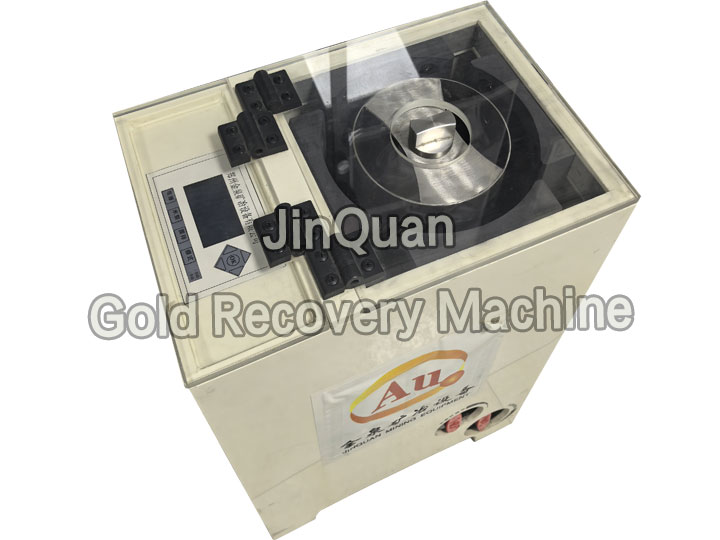 gold recovery machinesilver/gold recovery machine,silver/gold refining equipment,silver/gold refining equipment
gold recovery machinesilver/gold recovery machine,silver/gold refining equipment,silver/gold refining equipmentInstruction Of Gold Recovery Machine:
The new version gold recovery machine an intelligent touch screen, low-voltage extraction technology, supports fully automated intelligent operation, and offers automatic/manual mode.
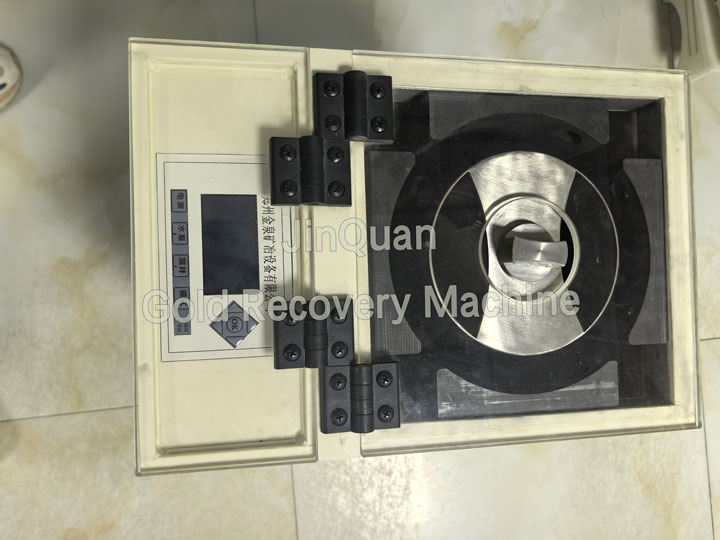
The JQ series uses electrolysis to adsorb gold, silver, copper, and other precious metal ions from solutions onto the cathode. Once a certain weight is adsorbed, the precious metal sheets (gold, silver, copper, etc.) are stripped from the cathode. This equipment enables safe and efficient refining and recovery of various solutions containing gold, silver, or copper, ultimately converting the ions in the solution into pure precious metal form.
Product Advantages:
1、High-efficiency recovery of gold, silver, copper, and other valuable metals;
2、Precious metal purity ≥ 99%, with an ion recovery rate ≥ 99%;
3、Low-voltage extraction, highly efficient, and odor-free.
Model Specifications:
Model
JQ-DJC-L3
Product Name
Gold Recovery Machine
Dimensions
43 x 29 x 58 cm
Rated Voltage
220 V
Power
120 w/h
Weight
45 kg
Capacity
18 L~oo
-
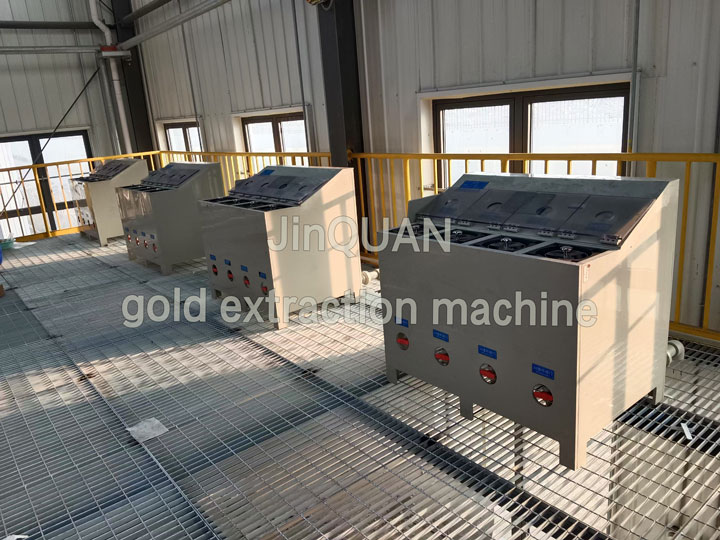 gold extraction machinegold extraction machine,gold recovery equipment
gold extraction machinegold extraction machine,gold recovery equipmentProduct Introduction of Gold Extraction Machine:
Swirl electrowinning is a wet metallurgical technology used for the selective electrowinning and extraction of gold. It is particularly suitable for the selective electrolytic separation and purification of valuable metals from low-concentration or complex-composition solutions in the metallurgical industry, as well as for the recovery of gold from wastewater.
Advantages of Gold Extraction Machine:
1)、Capable of processing low-concentration metal solutions with higher production efficiency compared to traditional electrolytic technologies. It can enrich valuable metals across a wide range of concentrations, from fractions of a gram per liter to hundreds of grams per liter, especially excelling in copper-nickel and copper-silver separation.
2)、Strong adaptability to pollutants in solutions, enabling the extraction of high-purity gold from impure solutions.
3)、Capable of extracting multiple metals with selective electrolysis, and able to produce cathode products in different forms (plates or metal powders) depending on solution concentration.
4)、Modular equipment design with simple operation.
Model parameters of gold extraction machine
Product model
Product Name
Dimensions(mm)
Rated Voltage
Power
Weight(kg)
JQ-DJC-L1
gold extraction machine
450*300*600
220V
300w/h
45kg
JQ-DJC-L3
gold extraction machine
900*1010*800
380V
1500w/h
125kg
JQ-DJC-L4
gold extraction machine
1220*1010*800
380V
2.5kw/h
150kg
JQ-DJC-L5
gold extraction machine
1520*1010*800
380V
3kw/h
180kg
Current: Single tank designed for 100A, voltage 5V.
Each small tank can process approximately 200L of solution. Single or multiple tanks can be selected based on production requirements, with processing speed varying according to concentration.Result of Gold Extraction Machine:
